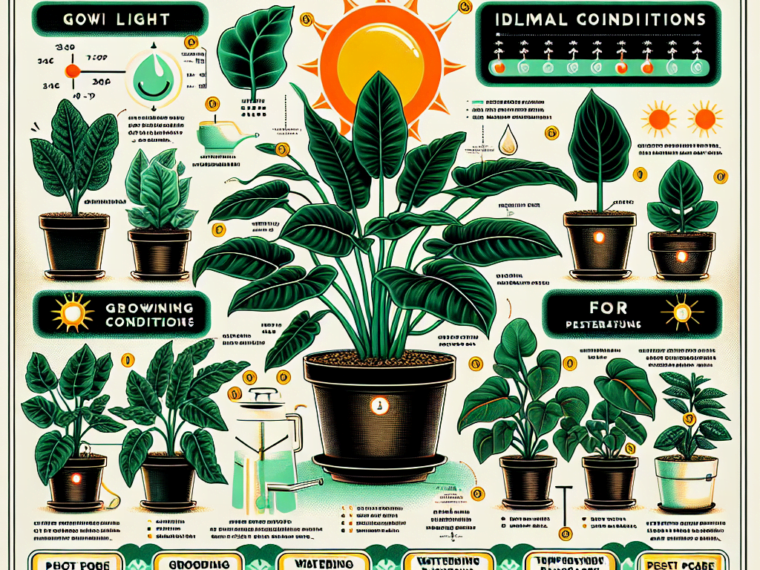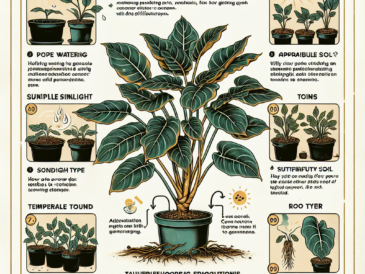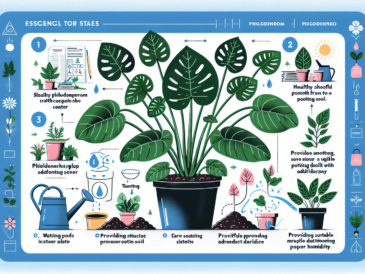Key points
• Choose the Right Environment: Philodendrons thrive in warm, humid conditions with bright, indirect light. Avoid direct sunlight which can scorch their leaves.
• Water and Soil Requirements: Keep the soil consistently moist but not waterlogged. Use well-draining potting mix to prevent root rot, and let the top inch of soil dry out between watering.
• Pruning and Maintenance: Regularly prune your philodendron to encourage bushier growth and remove any yellow or dead leaves. Clean the leaves with a damp cloth to remove dust and support photosynthesis.
Varieties of Philodendron
The Philodendron genus boasts an array of species, each with unique characteristics. From the large, split leaves of the Philodendron bipinnatifidum, often called the lacy tree philodendron, to the heart-shaped allure of the Philodendron hederaceum, there’s a style for every plant enthusiast. Climbing types like the Philodendron hederaceum var. oxycardium, commonly known as the heart-leaf philodendron, contrast sharply with non-climbing varieties such as the compact Philodendron ‘Xanadu’. Each category requires its own specific care approach, especially when it comes to support structures like poles or hanging baskets.
Optimal Growing Conditions for Philodendrons
To ensure your green companions thrive, consider their love for indirect sunlight and warm, humid conditions reminiscent of their native rainforests in South and Central America. Striking a balance in light exposure is key—too much sun can lead to leaf burn, while too little can cause leggy growth.
Planting and Repotting Philodendrons
Selecting an appropriate soil mix is crucial; a blend that includes peat, perlite, and vermiculite works wonders. The right pot size encourages healthy root development without overcrowding—typically one that’s slightly larger than the current container will do just fine. Don’t forget about drainage! Proper repotting techniques will keep your plant happy and prevent issues like root rot.
Watering and Feeding Philodendrons
A consistent watering schedule keeps these tropical beauties at their best. However, overdoing it can be detrimental; signs like yellowing leaves may signal overwatering. As for feeding, a balanced fertilizer applied every few weeks during the growing season will promote lush growth.
Pruning and Propagation of Philodendrons
If you’re looking to shape your plant or encourage bushier growth, pruning’s your go-to method. Propagation through stem cuttings or division isn’t just practical—it’s also quite rewarding! With some patience, you’ll have new plants to enjoy or share with friends.
Common Pests and Diseases Affecting Philodendrons
No plant is immune from pests or diseases, but fear not—most issues are manageable with vigilance and proper care. Keep an eye out for common culprits like aphids or spider mites and tackle them early with treatments like insecticidal soap or neem oil.
Troubleshooting Philodendron Problems
Sometimes despite our best efforts, problems arise. Diagnosing issues promptly is essential—whether it’s droopy leaves indicating too little water or brown tips suggesting mineral build-up from tap water.
Special Considerations for Philodendron Care
Bear in mind that many Philodendrons are toxic if ingested by pets or children. On a brighter note, these plants can filter toxins from the air, offering health benefits beyond their aesthetic appeal. Displaying them creatively can enhance any room’s atmosphere.
Conclusion: Ensuring Long-Term Health of Your Philodendron
In wrapping up this guide on philo-care (see what I did there?), let’s re-emphasize that consistency in care goes a long way. Engage with fellow plant owners through forums or social media groups; continuous learning is part of the fun! With a bit o’ love and attention, your leafy pals will flourish for years to come.




